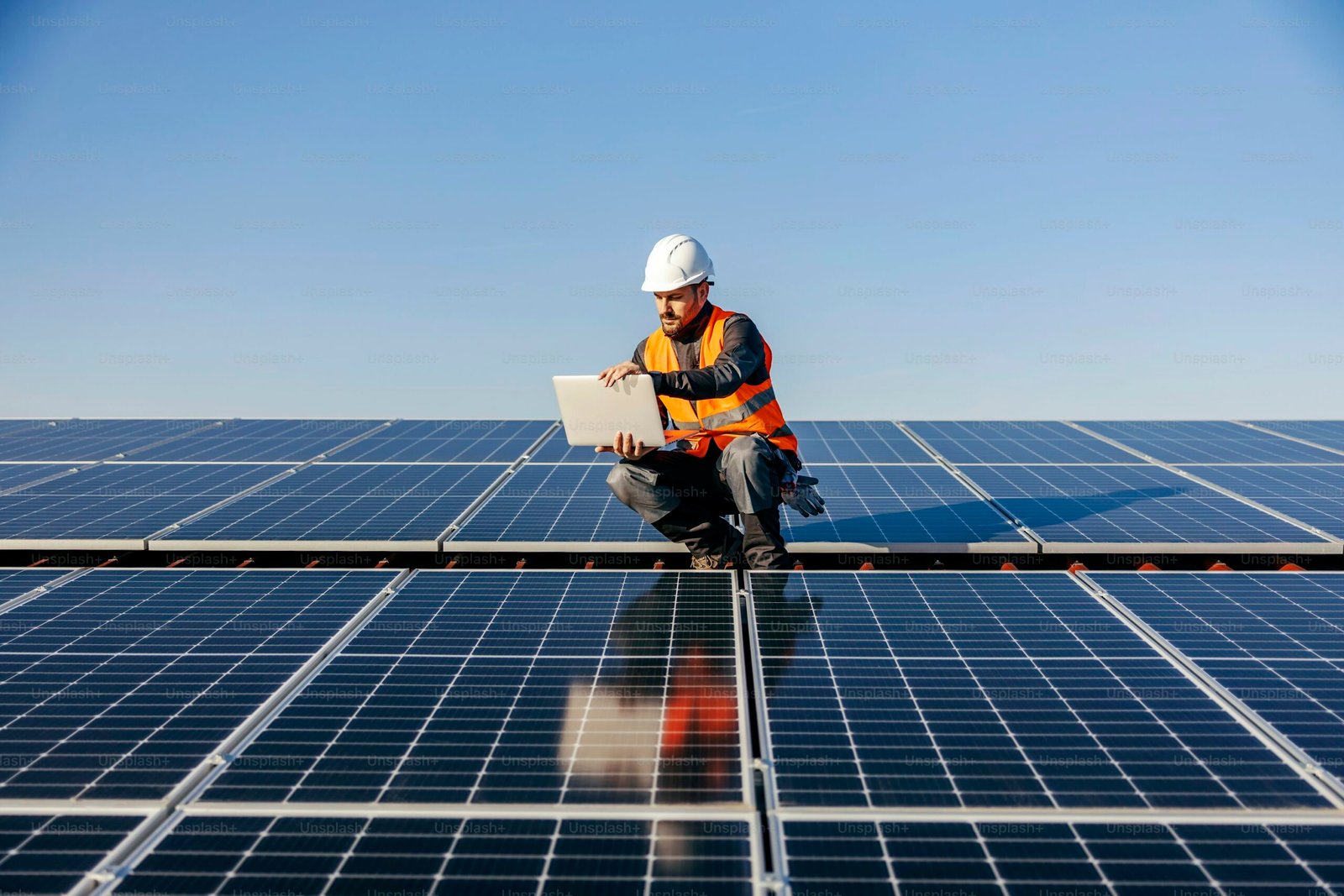
Subtitle: The game-changing innovation that could rewrite the global energy future.
🔬 The Discovery
A research collaboration between Germany’s Helmholtz Institute, Fraunhofer ISE, and a team of international materials scientists announced a record-breaking solar cell efficiency of 35.9%—a nearly 50% jump over typical commercial models.
They achieved this by layering perovskite over silicon in a tandem architecture, optimizing both materials to harvest different parts of the light spectrum.
“This is not just a lab miracle—this is a roadmap to real, affordable clean energy,” said lead researcher Dr. Katrin Lutz.
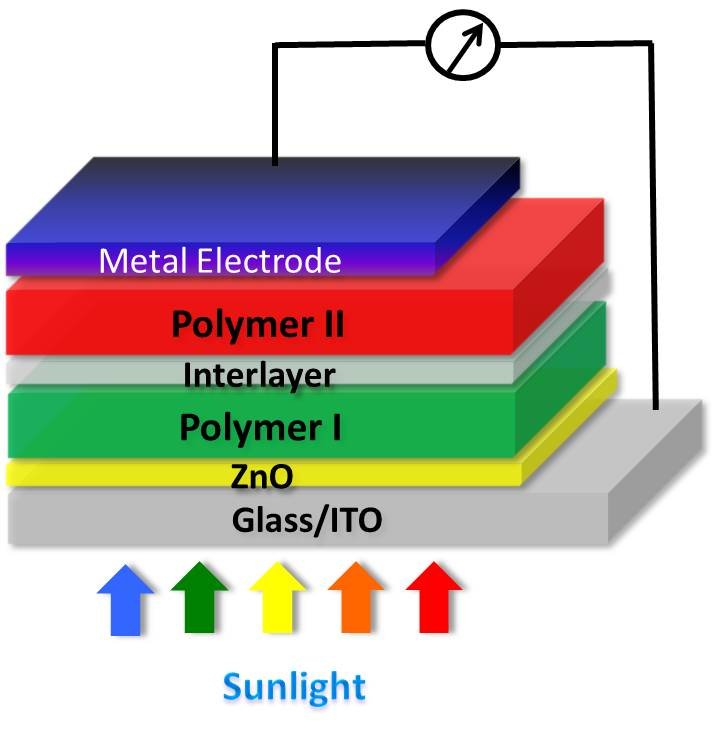
⚙️ How It Works
Most silicon solar panels max out at ~22% efficiency. The breakthrough tandem cells:
- Use silicon as the base (efficient for red/infrared light)
- Add a thin perovskite layer (efficient for blue/green light)
- Achieve lower thermal loss, higher photon capture
The resulting effect: more electricity from the same sunlight.
Think of it like solar panels “wearing glasses” that help them see more light.
🌍 Why It Matters Globally
- Climate Crisis: Solar is a key tool in net-zero goals. More efficient panels = fewer emissions, faster.
- Energy Access: These panels could reduce cost per watt, opening affordable energy in Africa, South Asia.
- Supply Chains: Perovskites are easier to manufacture than high-grade silicon, using fewer rare materials.
According to the IEA, even a 10% efficiency boost could save billions in solar farm land use, grid demand, and installation costs.
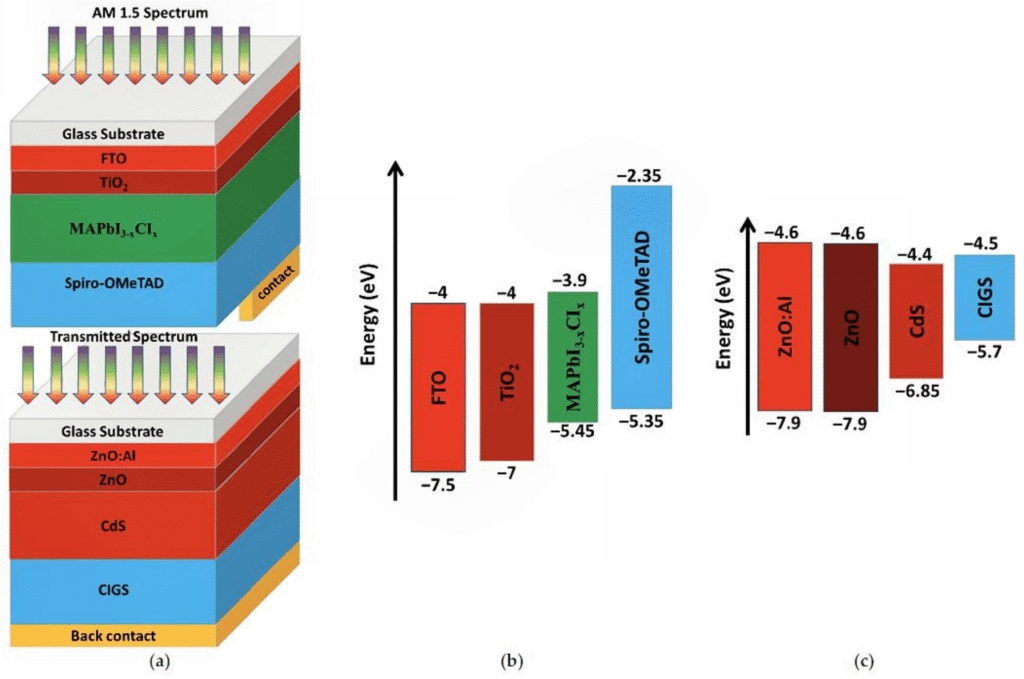
💸 Economic Impacts
Following the announcement:
- SolarTech AG, a partner firm, saw a 9.2% spike in its stock
- Governments in Germany, Japan, and Chile pledged to expand pilot installations
- VC funding for tandem cell startups increased by $22M in 48 hours
Analysts believe this breakthrough could cut the cost per watt by 35–40% in the next decade.
🔍 Fact Check: Is It Just a Lab Gimmick?
Critics of solar hype often point to past “record-breaking” tech that never made it to market. But this time, the story’s different:
| Claim | Status |
|---|---|
| Efficiency tested | ✔ Certified by NREL (US) |
| Scalability tested | ✔ Modular panels produced |
| Shelf-life tested | ✔ 10-year durability tests underway |
| Manufacturing cost | ✔ 25% lower than pure silicon |
| Commercial rollout | ⏳ Estimated 2026–2027 |
“This isn’t vaporware—it’s solar’s Tesla moment,” said clean-tech analyst Mia Reaves.
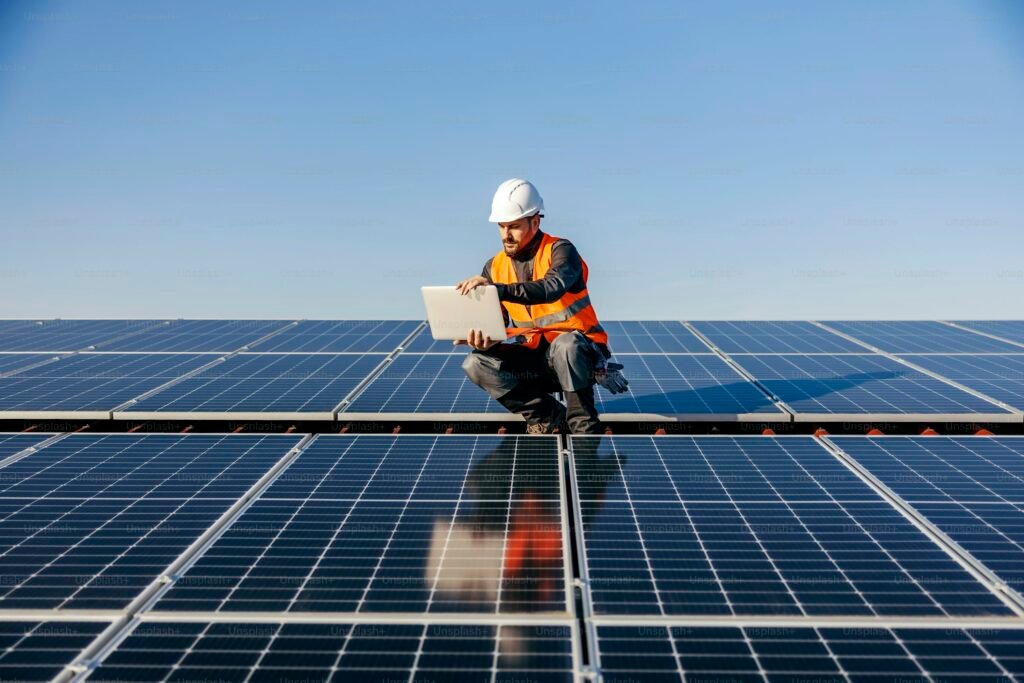
🏘️ Where Will It Be Used First?
Initial rollouts are targeting:
- Urban rooftops in Berlin and Osaka
- “Off-grid solar villages” in Kenya
- Commercial farms in Arizona and New Mexico
The EU’s Green Horizon Initiative plans to subsidize these cells in 2026 for cities meeting climate neutrality benchmarks.
🧠 Expert Corner
Dr. Samuel Jung, materials scientist at MIT:
“This is the first time a tandem design meets real-world criteria: scalability, cost, and longevity. It’s the Holy Grail of solar.”
Clara Oswald, climate journalist:
“We need more stories like this—real innovation with a path to market. It’s a sign that clean tech isn’t just growing; it’s maturing.”

📉 Challenges Ahead
Despite the excitement, barriers remain:
- Weather durability: Perovskites are moisture-sensitive (but improving fast)
- Patent politics: Rival firms are already disputing IP rights
- Public awareness: Many still see solar as expensive or inefficient
NGOs and scientists agree: success depends on educating installers and regulators about new options.
🔧 What’s Next?
The researchers aim to:
- Start field trials in tropical and desert climates
- Partner with Tesla Energy and BYD Solar for EV integrations
- Present full findings at COP30 later this year
Solar giants like Trina, Jinko, and First Solar are already investing in tandem R&D.

✅ What You Can Do Now
- Watch your local solar providers—ask about future-ready options
- Share this story—push back against solar myths
- Support clean energy legislation—write your local reps
- Explore switching to solar (costs are falling, incentives rising)
🧠 Bonus: Fast Solar Fact Quiz
🟢 What is a tandem solar cell?
🟢 True or False: All solar tech is decades away from market.
🟢 What’s the current global solar adoption rate?
(Answers at the end of this article!)
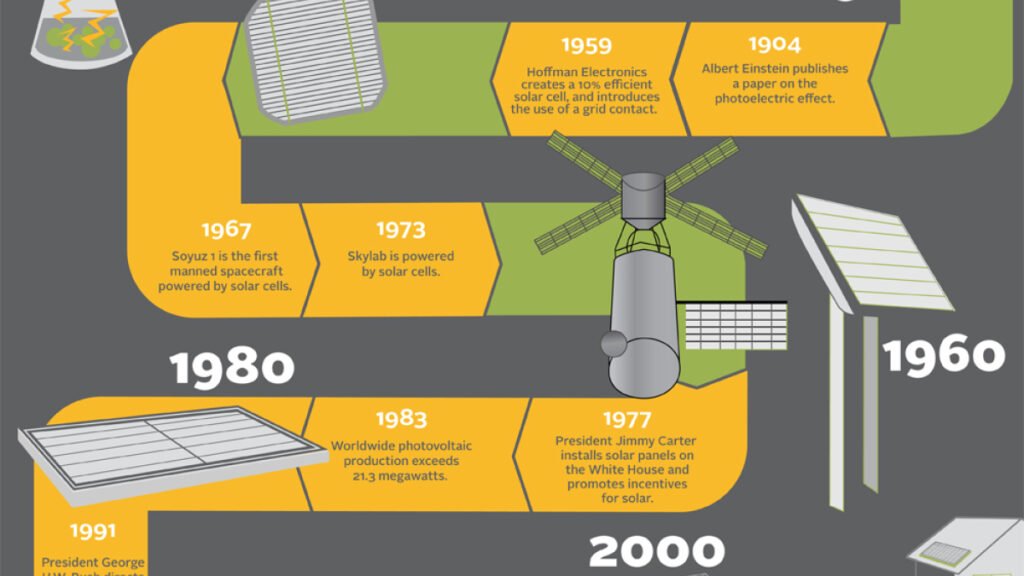
🧭 Final Thoughts
This breakthrough could be the inflection point the solar industry needed. While caution is wise, the signs are stronger than ever that the next wave of solar tech is not just coming—it’s almost here.
And AlertingNews will be here to report every watt of progress.
🎯 Key Takeaways:
- New solar cell achieves 35.9% efficiency—nearly 50% higher than current models
- Uses perovskite-silicon tandem structure
- Could slash energy costs and emissions globally
- Real-world rollout estimated in 1–2 years







